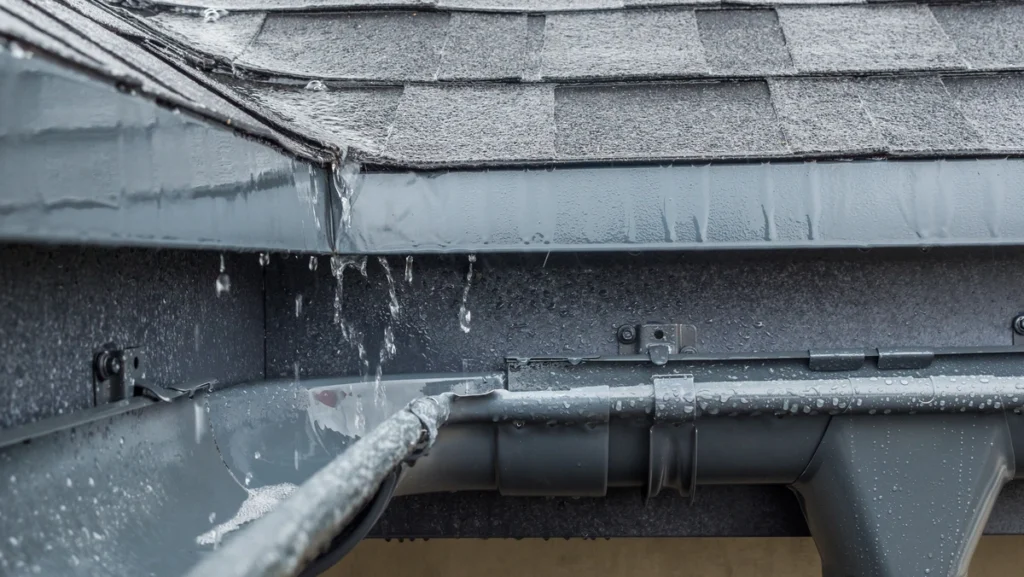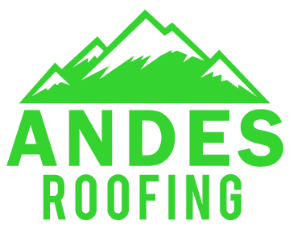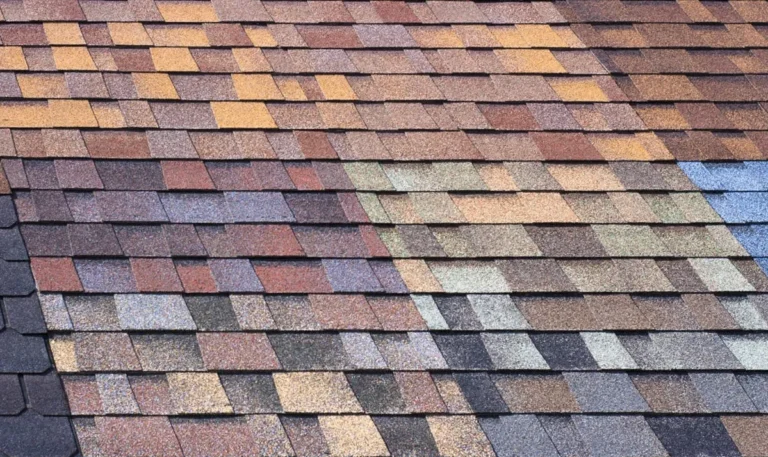Tired of climbing up a ladder to clean out your gutters every season? We don’t blame you. That’s why we’re here to introduce you to a lifesaver in the world of home maintenance – gutter guards! These nifty devices can prevent clogs, keep your gutters flowing smoothly, and save you from the unpleasant chore of gutter cleaning. In this guide, we’ll walk you through three common types of gutter guards, so you can choose the one that suits your needs best.
Inside this blog:
- The importance of gutter guards
- 3 key types of gutter guards
- How to choose the right gutter guard for your home
- Common signs that your gutter guards are experiencing issues
Keep reading to become an empowered homeowner and learn all about gutter guards!
Why Do You Need Gutter Guards, Anyway? 🌧️

Before we dive into the types of gutter guards, let’s quickly understand why they’re essential for your home:
- Clog Prevention: Gutter guards act as a barrier, preventing leaves, twigs, and debris from entering your gutters and causing clogs.
- Reduced Maintenance: By keeping your gutters clear, you’ll significantly reduce the frequency of gutter cleaning, saving you time and effort.
- Extended Gutter Life: Gutter guards also protect your gutters from rust and deterioration caused by standing water and trapped debris.
- Preventing Pest Infestations: Clogged gutters can become breeding grounds for pests, such as mosquitoes and birds. Gutter guards help deter these unwanted visitors.
Now that we’ve covered the WHY, let’s explore 3 key types of gutter guards:
1. Mesh Gutter Guards
Mesh gutter guards are perhaps the most popular and widely used type of gutter guard. They consist of a fine mesh or screen that covers the gutter, allowing water to flow through while blocking debris. Here are some key points to consider:
- Effective Debris Blocker: Micro mesh gutter guards effectively keep leaves, twigs, and larger debris out of your gutters.
- Easy Installation: They are relatively easy to install and can be placed directly on top of your existing gutters.
- Low Maintenance: Mesh guards require minimal maintenance, with occasional cleaning to remove fine debris and ensure water flows smoothly.
2. Reverse Curve Gutter Guards
Reverse curve gutter guards, also known as surface tension gutter guards, are designed to let water flow into your gutters while shedding debris away. Here’s what you should know:
- Effective Water Diversion: These guards use the principle of surface tension to guide rainwater into your gutters, while debris is deflected off the edge.
- Longevity: They are often made from durable materials like aluminum or vinyl, ensuring a long lifespan.
- Professional Installation: Installing reverse curve guards may require professional help due to the precise alignment required for optimal performance.
3. Brush Gutter Guards
Brush gutter guards are a unique type of gutter protection that uses bristles or brushes to block debris while allowing water to flow through. Let’s explore their key features:
- Debris Prevention: The bristles effectively block leaves and larger debris while permitting water to enter the gutter.
- Adaptability: Brush guards can be custom-cut to fit your gutter size and shape, making them versatile for various gutter systems.
- Moderate Maintenance: While they are relatively low maintenance, occasional cleaning may be required to remove trapped debris from the bristles.
Choosing the Right Gutter Guard 🤔

Now that you’re familiar with the types of gutter guards, how do you decide which one is right for your home? Consider these factors:
Gutter Size and Type
Some gutter guards are better suited for certain gutter sizes and styles. Ensure compatibility with your existing gutters.
Budget
Different gutter guards come with varying price tags. Consider your budget when choosing the right option for your home.
Debris Type
Think about the types of debris that commonly accumulate in your gutters. Some guards are more effective at blocking specific materials.
Installation
If you’re a DIY enthusiast, opt for guards that are easy to install. If not, be prepared to hire professionals for more complex systems.
Maintenance
Consider how much maintenance you’re willing to perform. Some guards require more frequent cleaning than others.
Common Signs of Gutter Problems 🛑
Before we wrap up our guide, here are some common signs that indicate your gutters may be in need of attention:
- Overflowing Gutters: If water is pouring over the sides of your gutters during rainstorms, it’s a clear sign of clogs.
- Sagging Gutters: Gutters that are sagging or pulling away from your home may be filled with trapped debris.
- Water Damage: Water stains or damage to your home’s siding or foundation can result from gutter issues.
- Mold and Mildew: Excess moisture caused by clogged gutters can lead to mold and mildew growth.
- Pest Infestations: Clogged gutters can attract pests like mosquitoes, birds, and rodents.
Choose The Right Type Of Gutter Guard for Your Home💧
Gutter guards are undoubtedly an essential part of home maintenance, protecting your gutters from clogs and your home from potential water damage. Whether you opt for mesh, reverse curve, or brush guards, the key is to choose the one that aligns with your specific needs and budget. Regular maintenance and keeping an eye out for signs of gutter problems will ensure your gutter guards continue to do their job effectively, saving you time, money, and hassle in the long run. Say goodbye to the days of climbing ladders for gutter cleaning – your gutters are now protected!
Give us a call today and we’ll answer all your questions and ensure your home stays protected with top-notch craftsmanship. At Andes Roofing, you can expect nothing less than dedicated customer service from our expert team.






